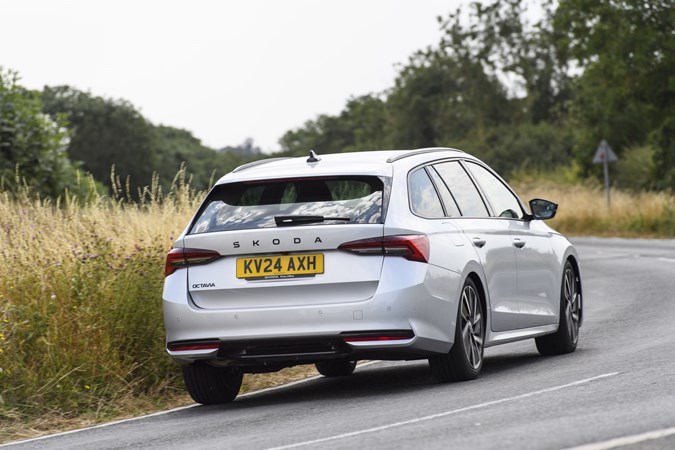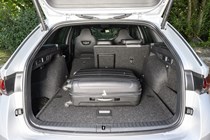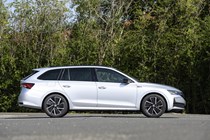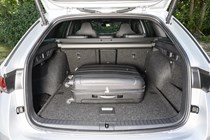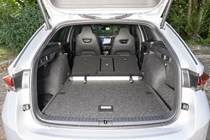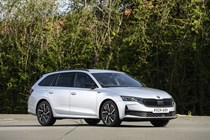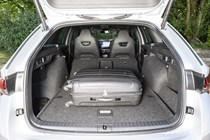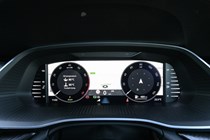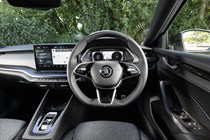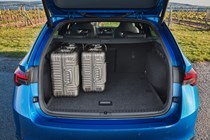
Skoda Octavia Estate engines, drive and performance
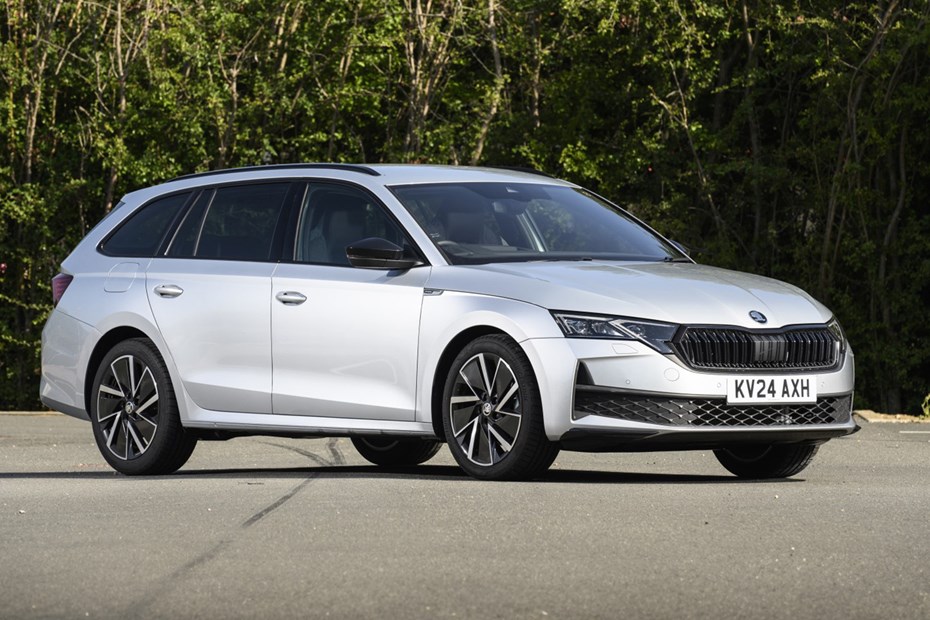
- Facelift engine range has been reduced
- Choice limited to two petrol, two diesel
- DSG automatic petrols are mild hybrids
Petrol engines
In pre-facelift times, the entry-level petrol engine available in the Skoda Octavia Estate was a rather anaemic 1.0-litre, turbocharged TSI unit that produced 110hp. It wasn’t a common choice and is best avoided if you’re shopping for a used Octavia Estate.
The latest version of the Octavia Estate is available with two versions of VW Group’s omnipresent 1.5-litre turbo TSI engine. The lesser of the two has 116hp and struggles with a heavy load so, if you plan to carry many people and much stuff, the 150hp version is the better option. The extra power translates to sprightlier performance, as evidenced by its 0-62mph time of 8.4 seconds – the 116hp version takes 10.5 seconds.
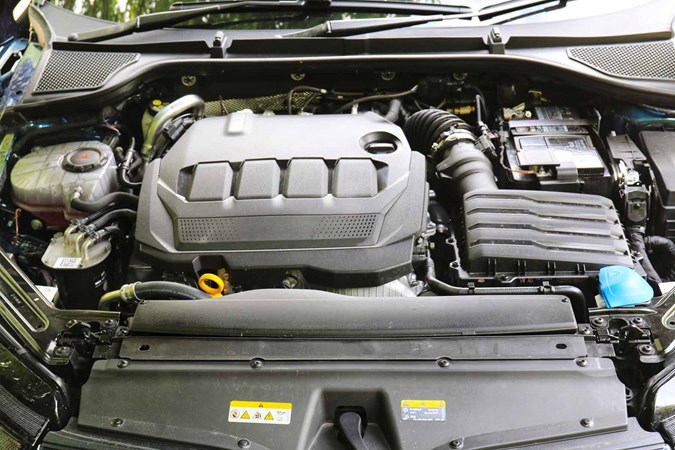
The 150hp version is generally smooth and refined, though it can get a bit vocal if you floor the throttle. Both versions are fitted with a six-speed manual gearbox. It feels solid and positive but, like many Volkswagen Group manuals, it doesn’t like being hurried.
You can view full details of all the engines available in the Octavia Estate on our specs pages.
Hybrid engines
The Octavia Estate is currently only available with TSI e-Tec mild-hybrid power when the 1.5-litre petrol engines are combined with a seven-speed DSG dual-clutch gearbox. The system isn’t powerful enough for the car to move on battery power alone, but it does boost efficiency by minimising engine usage.
The engine can disengage when coasting, or in the last few seconds before you come to a halt. It also makes for a super-smooth stop-start system and provides at slight power boost at low RPM that makes the engine feel more responsive. We’ve spent many miles driving mild-hybrid Octavias and can attest to the system’s all-round effectiveness.
Pre-facelift, the Octavia Estate was available in TSI iV plug-in hybrid form. It had a 1.4-litre petrol engine and an electric motor that produced a combined 205hp. The tax benefits made it very popular with company car drivers but private owners also enjoy the smooth running and longish EV range. The plug-in is expected to make a comeback post-facelift, but Skoda has yet to announce any firm plans.
Check the details of all the engines available in the Octavia Estate on our specs pages.
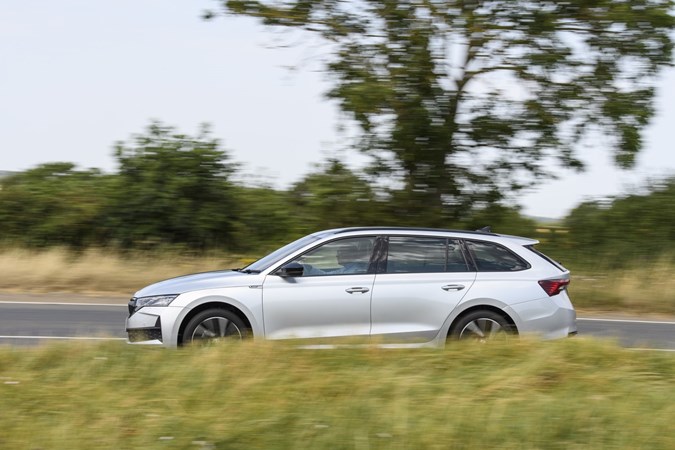
Diesel engines
The Octavia Estate continues to be available with a pair of 2.0-litre, turbocharged TDI diesel engines with 116hp or 150hp. If you want one, it’s probably best to strike while they’re still available – as they only account for 10% of sales, they may not be around for much longer.
The 116hp version has a six-speed manual gearbox and needs to be worked quite hard on hills and when the car’s fully loaded. It’s rather raucous, as well. Better, then, to go for the much more muscular 150hp version which is currently only available with a seven-speed DSG gearbox (a manual was previously available).
The more powerful engine’s extra torque makes much lighter work of a heavy load in the boot or on the towbar – the Octavia Estate has a towing capacity of up to 1,800kg. And, because the engine’s working less hard, it’s quieter as well.
You can see full details of these engines on our Octavia Estate specs pages.
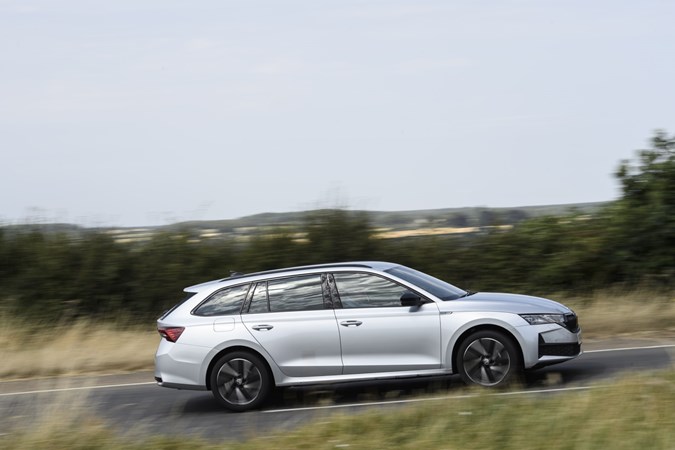
What’s it like to drive?
- Excellent comfort for long journeys
- Plenty of grip and steer wells
- An acceptable amount of body roll
The latest generation of Skoda Octavia Estate is a noticeably more sophisticated car to drive than its predecessor. It displays an artfully judged blend of comfort and road holding that makes it a great long-distance cruiser that still allows you a bit of fun on twistier roads.
Customer feedback about the handling has been so positive that Skoda didn’t feel the need to massively change it during the facelift process, just adding new software for the electronic stability control and steering. The steering has a bit less assistance which gives a greater sense of precision, but that’s the only noticeable difference.
Regardless, this isn’t a car that’s chasing lap times. So while it’s a little neater in turns and certainly grips well, you’ll still find it rolls around more than some rivals. But the body leans over with smooth consistency rather than a sudden jerk. Skoda’s approach is intended to give you a clear idea of what’s going on and the time to react if necessary.
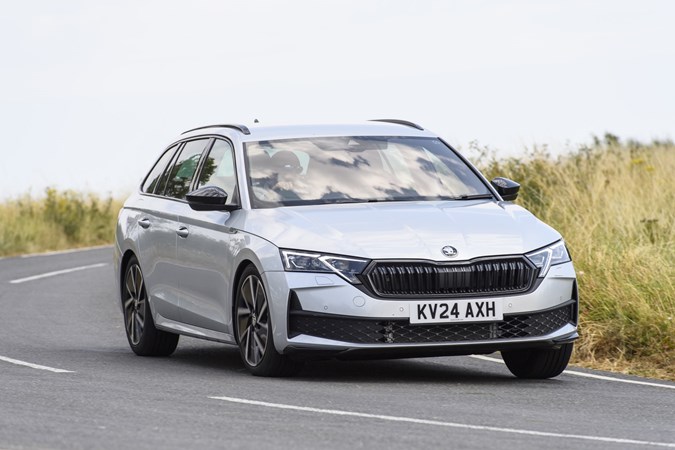
The suspension does a first-rate job of soaking up ruined road surfaces, as well as providing that lovely body control. The optional Dynamic Chassis Control adds adaptive suspension that firms and softens the suspension as dictated by the driving modes. Honestly, though, we think the standard suspension is more than good enough.
Sportline models sit 15mm lower and have variable-rate steering, that adjusts the amount of lock required according to the car’s speed. It’s one of the better such systems we’ve come across.
Add it all together, and you can make surprisingly rapid cross-country progress in the Octavia Estate. Or cruise down the motorway in rock solid serenity. Or nip in and out of gaps in town traffic with ease. It’s a very satisfying car to drive, if not as engaging as the Ford Focus and VW Golf. Other rivals can’t really hold a candle to it, though.
